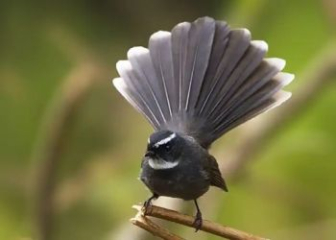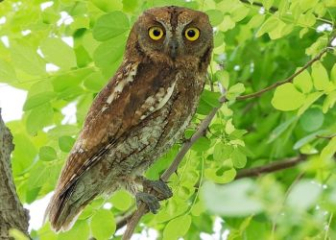Painted Bunting - Learn about this colorful bird from the Americas
Blog | by
The Painted Bunting is one of the most colorful birds in the Americas, but is shy, solitary, and migratory.
The Painted Bunting (scientific name: Passerina ciris) is a wild bird from the Americas, notable for its colorful feathers like a rainbow. Despite its eye-catching appearance, the Painted Bunting has a secretive, shy lifestyle, often hiding in the bushes and only appearing when necessary.
If you want to learn more about Painted Bunting birds, please refer to the article below of nicebirds to grasp information about the origin, habits as well as some interesting things about this colorful bird!
Painted Bunting Bird Information :
|
Scientific name |
Passerina ciris |
|
Common name |
Painted Bunting. Iron Sparrow |
|
Surname |
Cardinalidae - Cardinals |
|
Spend |
Passerina |
|
Source |
North America |
|
Size |
Length: 12 - 14 cm Weight: 13 - 18g |
|
Lifespan |
Average about 10 years |
Origin & Distribution of Painted Bunting
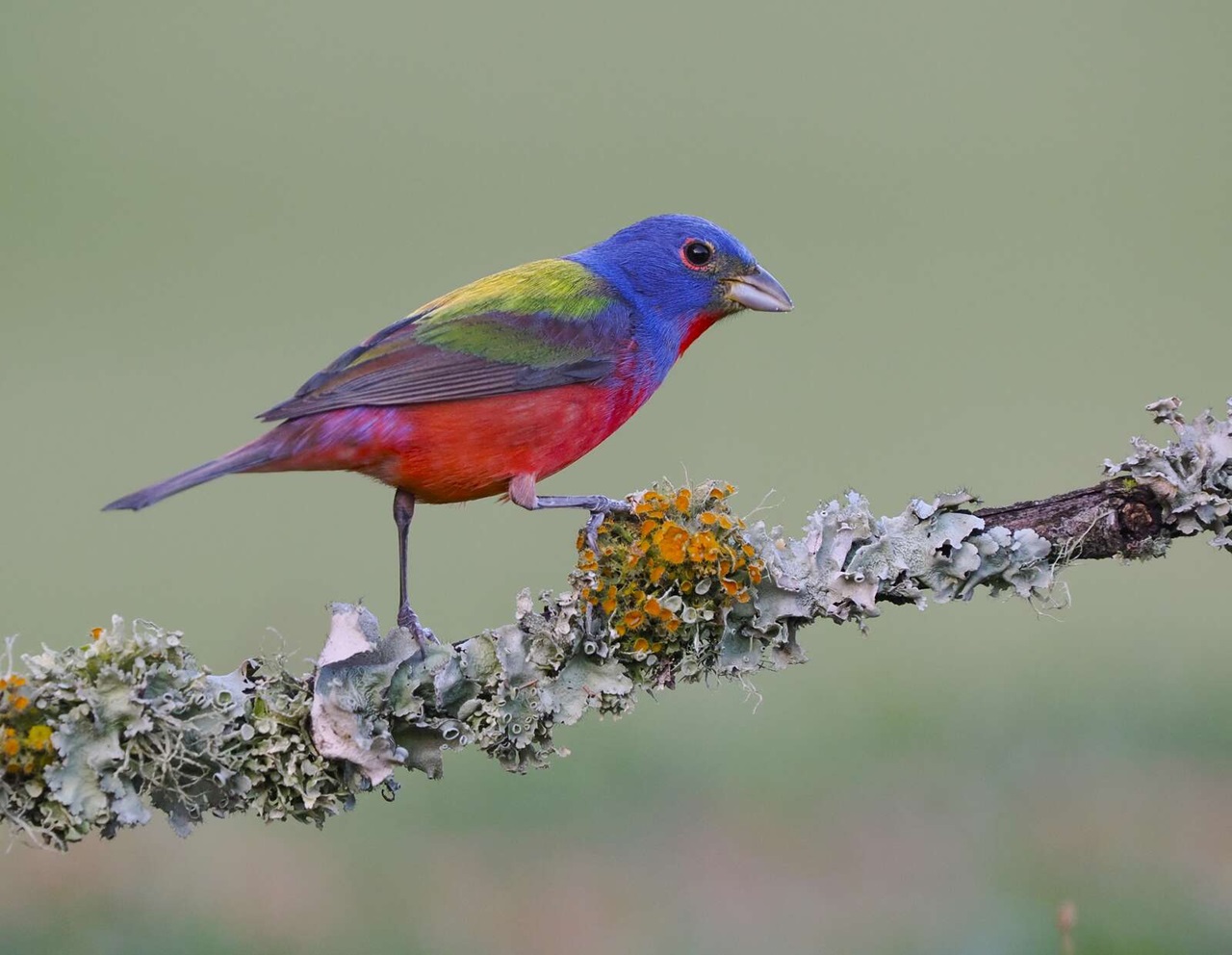
Painted Bunting, a wild bird from the Americas.
The Painted Bunting (scientific name Passerina ciris) belongs to the Cardinalidae family, is a bird native to the Americas, specifically Central America, South America and North America.
In the wild, this bird species has two main populations distributed in two separate areas as follows:
Painted Bunting Population in the West:
- Breeding season : They are mainly distributed in the central and southern United States such as Texas, Kansas, Arkansas,...
- Migration season : They will migrate through Mexico.
- Winter : Usually in Central America such as Guatemala, Honduras and southern Mexico.
Painted Bunting Population in the East:
- Breeding season: Distributed mainly along the southeastern coast of the United States such as Georgia, South Carolina,...
- Winter: They will winter in the Caribbean region such as Cuba, Bahamas, South Florida….
In the wild, this bird species often lives in grasslands, bushes, forest edges, orchards, etc. They will avoid dense forest or urbanized areas.
Currently, the Painted Bunting is almost endangered due to its increasingly narrowing habitat and illegal hunting for the pet bird market.
Painted Bunting bird appearance
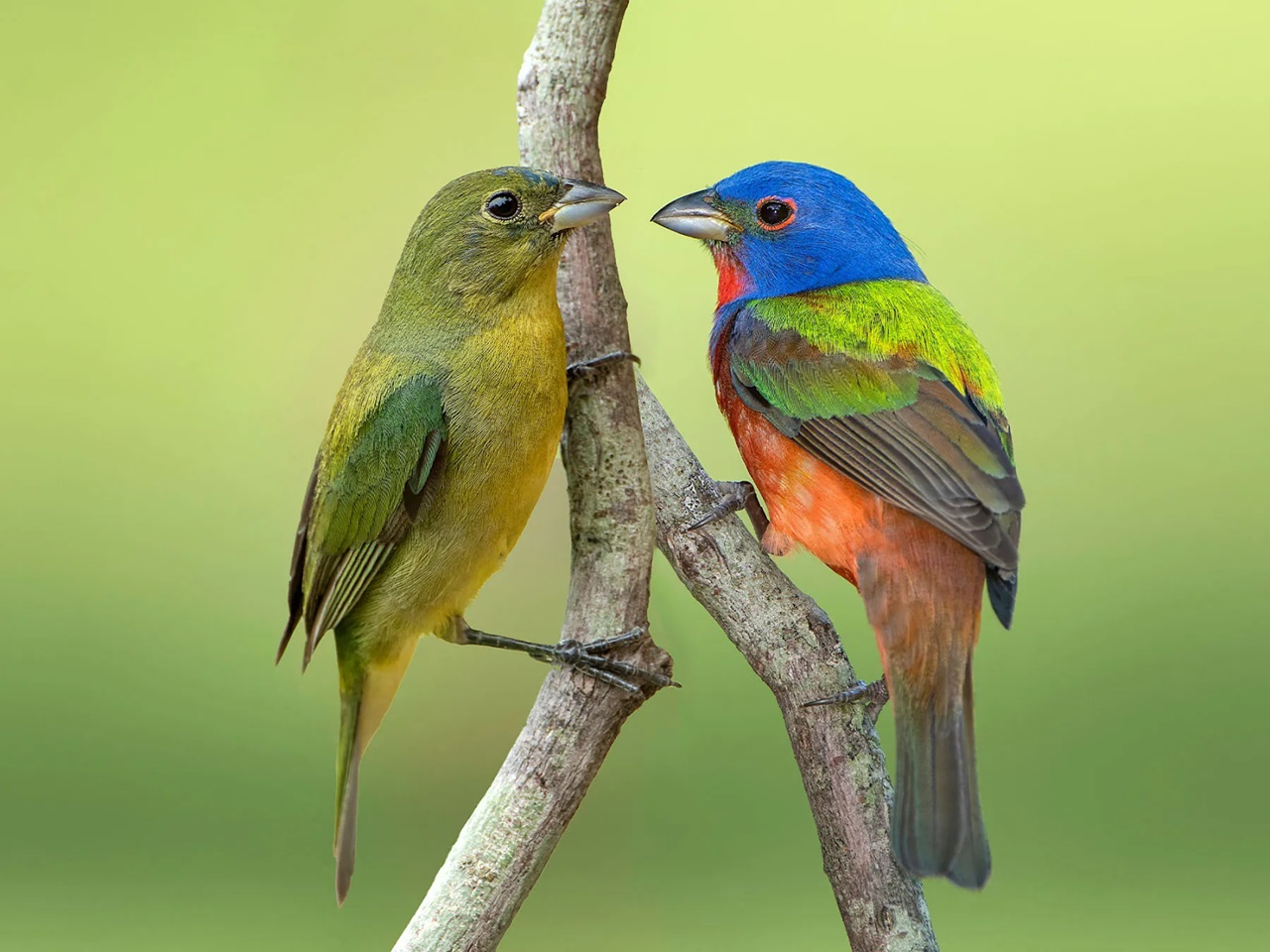
Appearance differences between female and male Painted Buntings.
The Painted Bunting is considered one of the most colorful birds, the “jewel” of North America. Let’s take a closer look at the details of this bird’s appearance!
Size and appearance :
- Length : 12 - 14 cm
- Wingspan : 20 - 22 cm
- Weight : 13 - 18g
- Appearance : Small, slender, long tail, short beak.
- Beak : Conical.
Male Painted Bunting Colors :
-
Head : Cobalt blue
-
Back : Dark green
-
Chest and belly : Bright red, orange red
-
Eyes : Round, black with light red rim.
-
The colors: Will become darker and more pronounced during the breeding season.
Female and juvenile Painted Bunting colors :
-
Females will have simpler colors than males.
-
The body is mainly pale olive green or greenish yellow.
-
Not divided into contrasting color patches like the male bird.
Painted Bunting bird behavior and habits

Painted Buntings prefer to live alone.
Painted Bunting is a small bird but has many interesting habits and behaviors, specifically as follows:
Living alone and shy
Unlike most other small birds, Painted Buntings are solitary, living in pairs during the breeding season. They only gather in flocks during migration, but they also travel in small waves rather than flying in large flocks like many other birds.
Besides, they also have a very timid and shy personality, often trying to hide in bushes or tree branches, always trying to avoid open places or noise.
Is a migratory bird
Painted Buntings are seasonal migrants. They usually migrate south from August to September and then return north to breed in March and April.
Change food seasonally
Not only is the Painted Bunting a migratory bird, it also changes its food seasonally. Specifically as follows:
- Spring & Summer: Eat small insects such as worms, bugs, grasshoppers, locusts,...
- Fall & Winter: Eat seeds, weed seeds or berries.
Reproductive behavior
Here are some interesting things about the reproductive habits of Painted Bunting, let's find out now!
- Breeding season is usually around April to July,
- The male bird will use his singing and fly near the nest to attract the female bird.
- The female bird will use grass, tree trunks, weeds, and debris to weave a round, sturdy nest. The nest is usually built at a fairly low height, only about 2m in dense bushes.
- Each brood of female birds will lay about 3 - 4 eggs. They then incubate the eggs for 11 - 12 days until they hatch into chicks.
- The baby birds will be cared for and protected by their parents until about 9 - 10 days later before they begin to leave the nest.
Use chirping to communicate
The male Painted Bunting has a melodious, fast-paced, long-drawn, repetitive song with regular rhythms. They use their songs to communicate with other birds, to court females, and even to scare away other males.
Meanwhile, female birds rarely suck, mainly emitting simple calls to communicate with their young or to warn when something unusual happens.
Highly defensive and survival
Unlike many other birds, when threatened, Painted Buntings will often choose to remain silent and hide in the bushes instead of running away.
Because the female and chicks are pale olive green in color, they can easily hide among trees and bushes, thereby minimizing the risk of being hunted.
Male birds are aggressive and highly territorial.
Male Painted Buntings are very territorial and will often be aggressive towards other birds to protect their territory. They will often perch high on tree branches and then sing loudly to mark their territory.
In particular, male birds are very aggressive, they can attack each other fiercely by pecking, scratching, attacking with their beaks and wings to save food and female birds.
Are Painted Buntings kept as pets?
Painted Bunting is a wild bird so keeping them as pets is a controversial issue and is even banned in many countries. Specifically as follows:
- In the United States and several other countries, Painted Buntings are protected under the Migratory Bird Treaty Act. Therefore, they cannot be captured, kept, or sold without a permit.
- In Central America and the Caribbean, there are also strict controls on the unlicensed breeding and trade of Painted Buntings.
- The only rare cases where this bird is kept are rescue centers, scientific research facilities or specially licensed zoos.
In short, it is better to protect Painted Bunting in the wild than to keep it in captivity. If you like beautiful birds, you can choose popular species such as parrots, budgies, nightingales, etc.
Interesting Facts About Painted Bunting Birds
Here are some interesting facts about Painted Buntings that not everyone knows. Let's find out more and see if there are any that surprise you!
- Female Painted Buntings will retain their color throughout their lives, while males will develop colorful rainbow-like patches of feathers as they mature.
- Contrary to its small, adorable appearance, the Painted Bunting is very aggressive and not very friendly.
- Painted Buntings love to eat seeds, and will even use their feet to pull branches down to the ground to get at the seeds on them.
- Painted Buntings begin laying eggs at about a year old.
- Painted Buntings are very rare to see in the wild because they are very secretive and prefer to hide in bushes.
- Male Painted Buntings are not born knowing how to sing, but in fact, as they grow up, they learn the voices of other males around them, so this bird species in different regions often has different calls.
- The name “Painted” means “painted,” like their colorful coat.
- Female Painted Buntings are often confused with other birds because they have simple colors, not as colorful as the male, this is also the phenomenon of sexual dimorphism in birds.
Beautiful Painted Bunting Bird Pictures
Please enjoy the collection of the most beautiful and colorful Painted Bunting bird images to understand why this bird is so loved by many people.
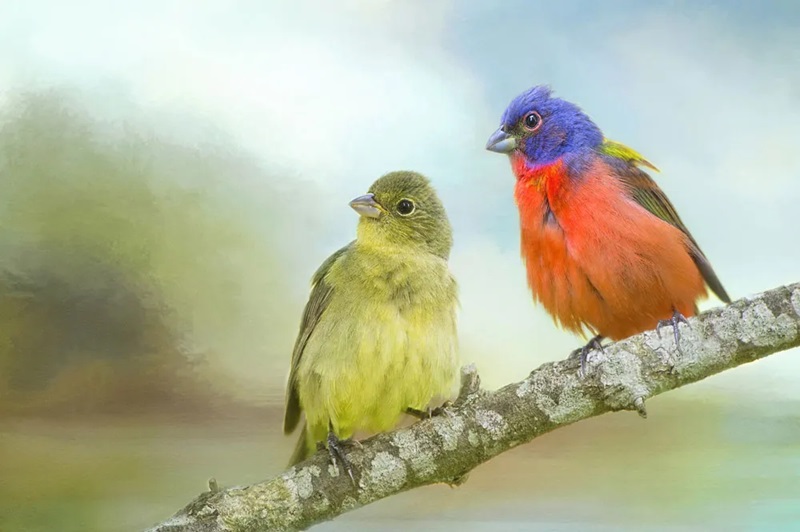
Two male and female Painted Buntings are perched on a tree branch.

A female Painted Bunting with distinctive olive green plumage.

A male Painted Bunting with bright, eye-catching colors.
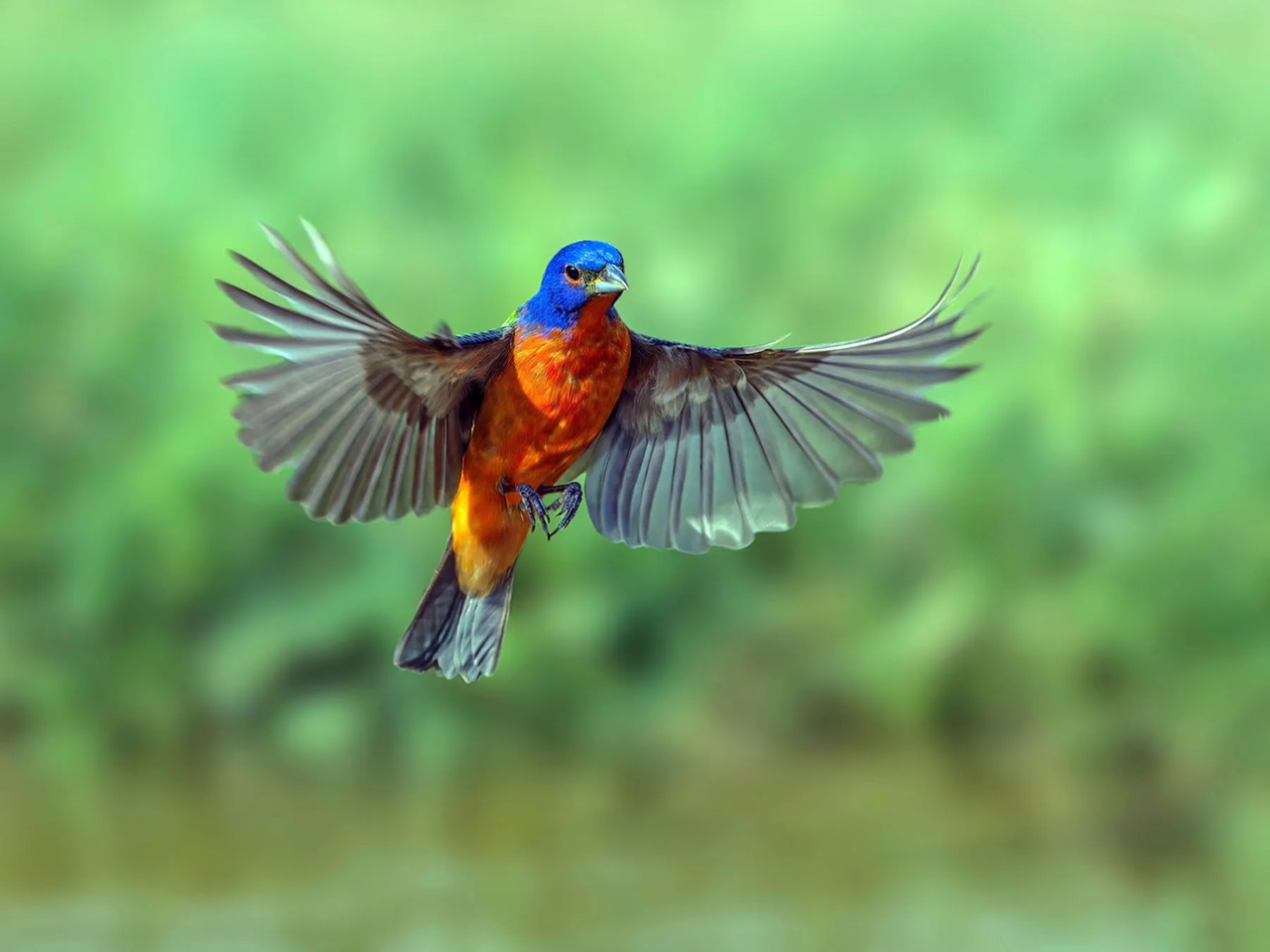
Image of male Painted Bunting in flight.
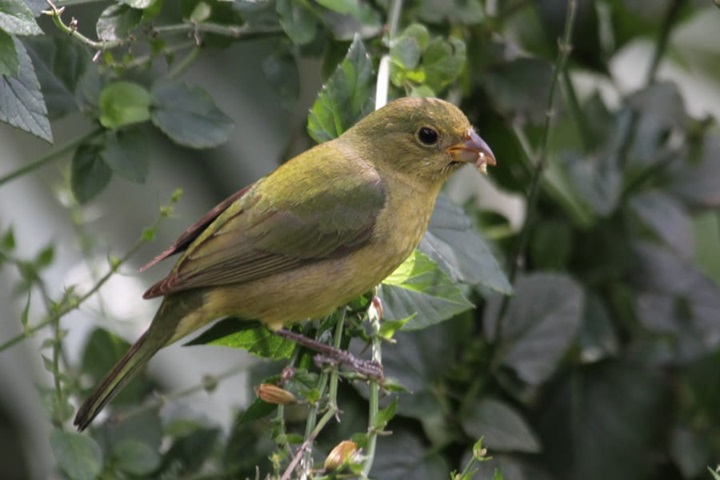
A female Painted Bunting carrying prey.
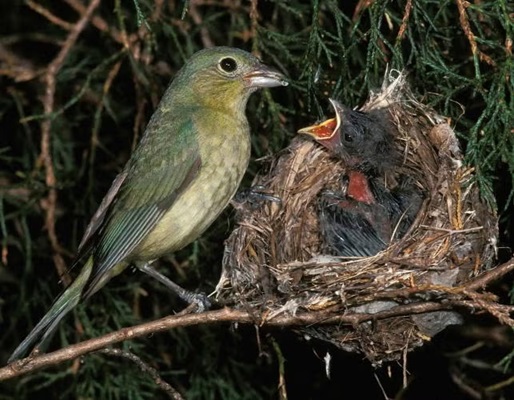
Image of mother Painted Bunting feeding her chicks.
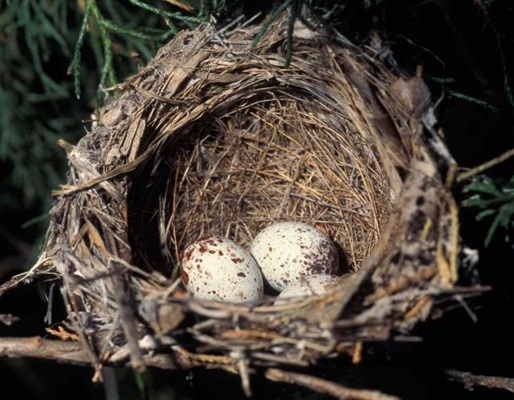
A Painted Bunting nest with plump eggs.

The moment the Painted Bunting bird spreads its wings and flies is super beautiful.
Above, nicebirds.net has shared detailed information about the Painted Bunting bird . With its brightly colored feathers and quiet lifestyle, they have shown us how diverse and amazing nature is. Therefore, we must strive to protect the natural environment to protect the life and diversity of wild animals and plants.
Don't forget to follow our Blog section to learn more about other beautiful, unique and rare bird species in the world!

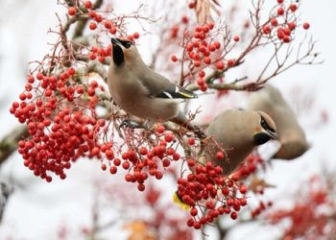

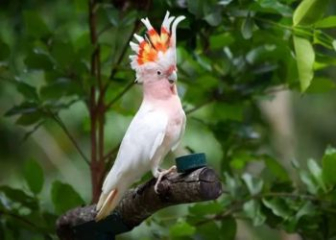
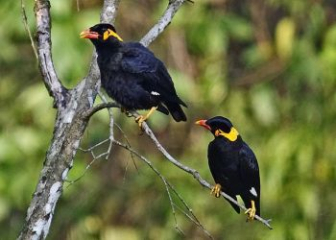
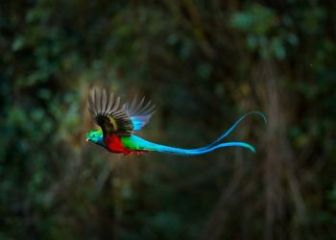





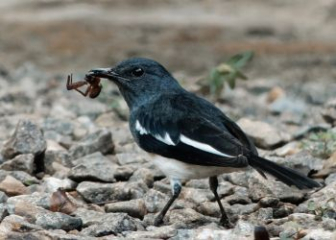
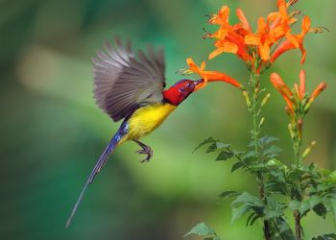


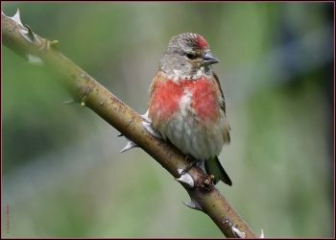
_350x250.jpg)
